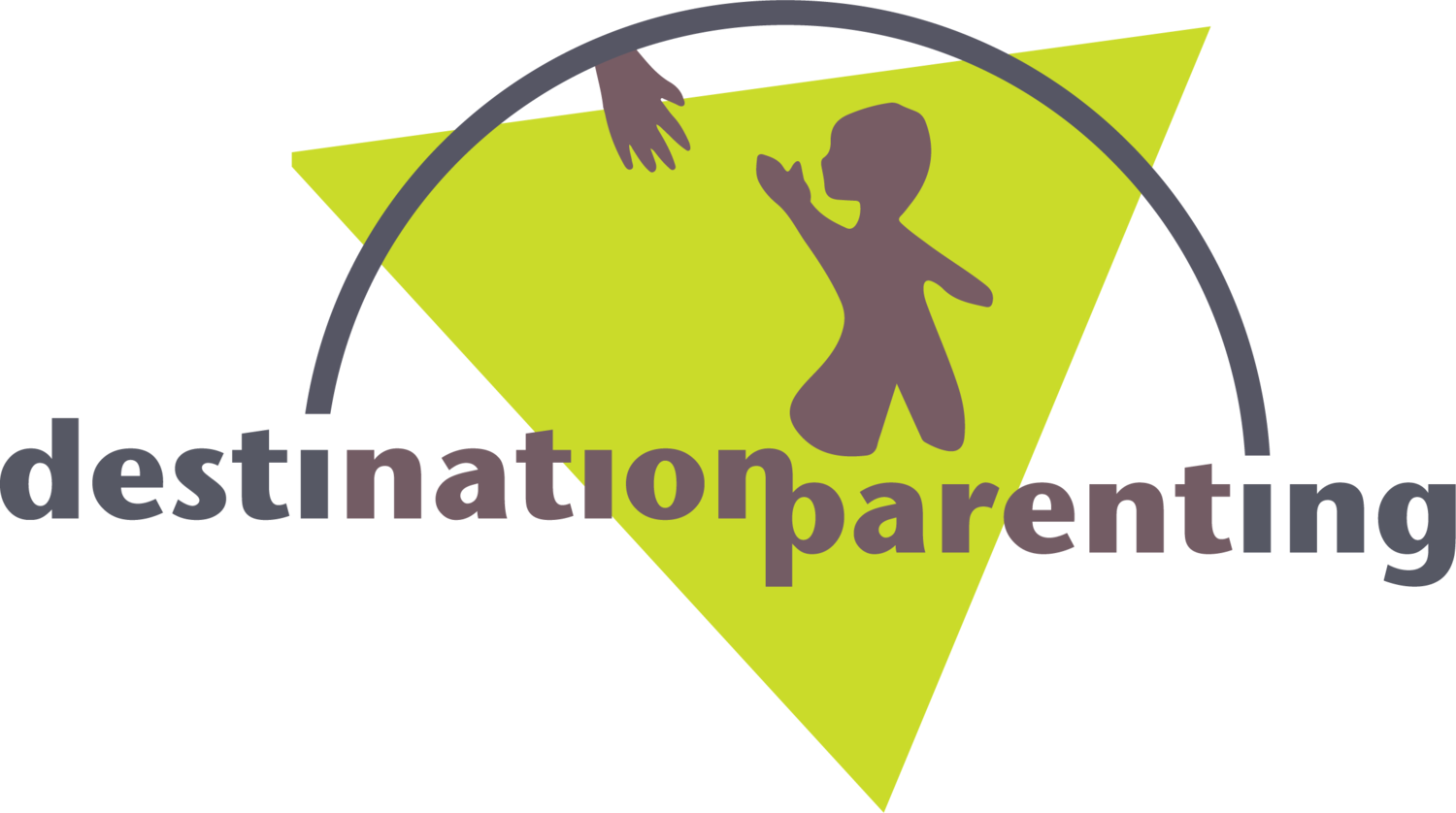To Sleep, Perchance To Dream
Whenever I discuss childrearing with expectant or first time parents, sleep is the “s” word that everyone is using. Sometimes, it goes like this:
Parent 1 (anxiously): “Is your baby sleeping through the night yet?”
Parent 2 (proudly): “Yes, she’s a really good sleeper.”
Parent 1 (glumly): “Oh, I’m afraid mine never will.”
I’m always struck by how personally parents take their young baby’s sleep patterns, as if it were a reflection of good parenting! The reality is that their sleep patterns reflect variables beyond the parents’ control, such as their temperament (calm or fidgety) or their maturity (preemie or full term).
More often what happens is that several parents whose infants are not sleeping through the night spend countless time discussing the various alternatives they’ve tried with their own baby and what they’ve heard works and doesn’t. It’s as if there’s a “magic” solution that will show itself if they just ask enough parents.
The reality is there is no one-size-fits-all solution to sleep that will work for all babies. But don’t despair; all children eventually do, and the sleep deprivation will end. Here are a few facts about why a good night’s sleep is so elusive in the first few months, as well as some tips to get you through.
In the beginning……
Newborns do in fact sleep a lot – up to 18 hours a day! It’s just that they don’t sleep on our (adult) schedule of long stretches at a time. Instead, due to their small size and developmental needs, they wake up every few hours to be fed. While this suits them just fine, it disrupts parents’ own sleep cycles so that they don’t get to go into a truly deep sleep rhythm or are woken up at a point in their sleep cycle that makes them feel “tired.” One way to keep sanity (at least for formula fed infants) is to have mom and dad take shifts feeding the baby; dividing up the work can make a noticeable difference in the quality of sleep you get on any given night. Breastfeeding moms know that breastmilk is easier for babies to digest than formula, which means wake-ups occur even closer together – sometimes every 2 hours. This temporary inconvenience is offset by the wonderful benefits to the babies that we know breastfeeding provides. One solution many families use is to keep baby at bedside (or in many cultures, in the family bed) to minimize getting up and going into the nursery. Wherever your baby sleeps, be sure you’ve minimized risks of injury such as falling, suffocating or getting trapped; your baby is too young to protect herself from these hazards.
As time goes on….
As the first few months unfold, babies develop more of a “nighttime” and daytime schedule and become better sleepers overall. Why? In part, this change is due to greater maturity (fewer startles means better sleep) including self-soothing skills (such as sucking their thumb). New concerns usually revolve around establishing helpful sleep routines and transitioning baby from one sleep environment to another. This is best done around 4 months, about 2 months prior to when infants typically develop separation anxiety. Choose whatever works with your baby, but typical routines include lowering lights, playing the same music tape, and performing calming activities -- reading or bath -- just prior to bedtime. Daytime naps also benefit from a routine, though baby may be actually sleeping less and spending more quiet alert time in her crib.
What else do you need to know?
An important point to address revolves around sudden infant death syndrome, or SIDS. Health care providers now stress placing babies on their backs to sleep. This is the safest position to minimize the occurrence of SIDS. The risk of SIDS decreases dramatically over the first 6 months as baby gains better self-protecting skills (breathing through nose AND mouth, stronger head and neck control). Babies don’t always prefer this position, however, so you may try purchasing swaddlers or inexpensive sleep positioners that hold baby in place. Watch for features like airflow design so baby doesn’t overheat, and size adjustability so you can get a few months’ use from the item. Once baby can roll over on her own, you no longer need to position her; she’ll take care of it from here on in.
By year’s end…
Most one year olds settle down to sleep at night quite nicely, tired out from a very active day. Parents too are likely to be more relaxed, now that they’ve figured out a routine that works and are confident their child is safe and sound. As usual, there will be new transitions to consider in the upcoming months (who said parenting ever stops?), such as climbing out of the crib, being afraid of the dark, etc. But that’s another column. For now, rest easy!
*********************************
Maureen O’Brien, PhD is a developmental psychologist and mother of twins who lives in Boston. She lectures and consults on child development and parenting issues and is the author of the parenting series, Watch Me Grow: I’m One-Two-Three.



